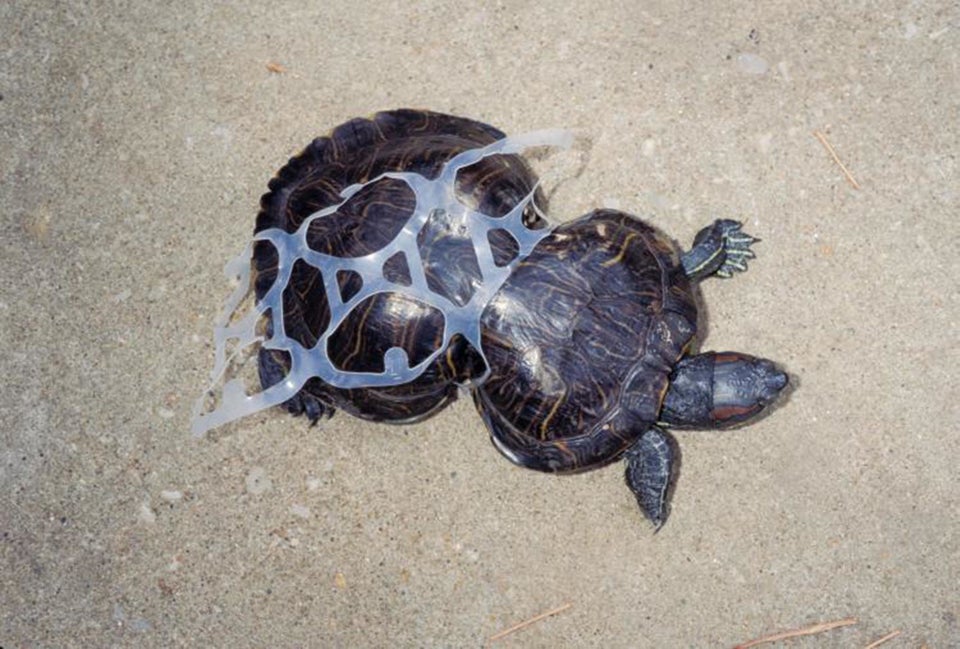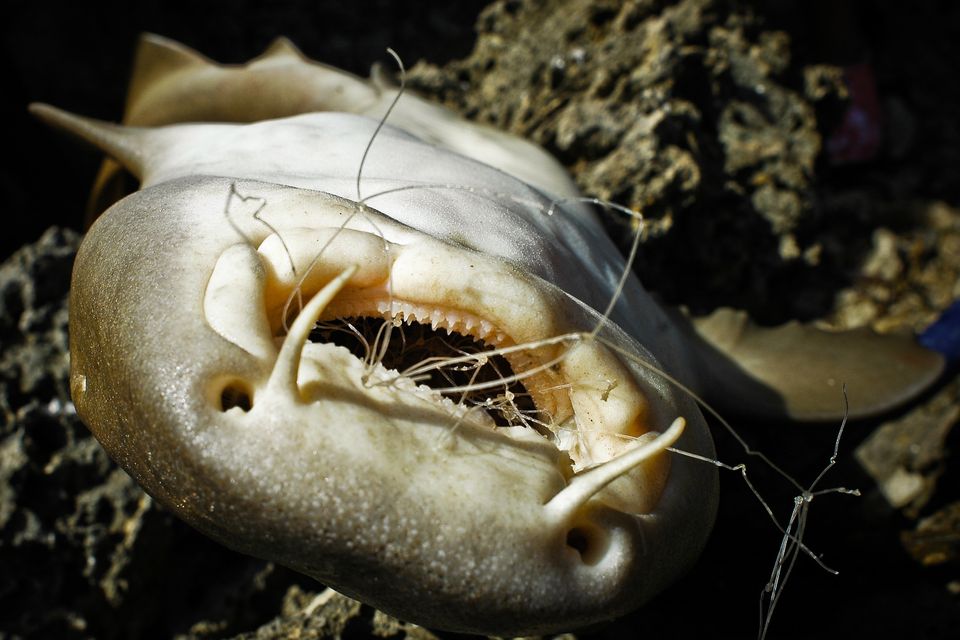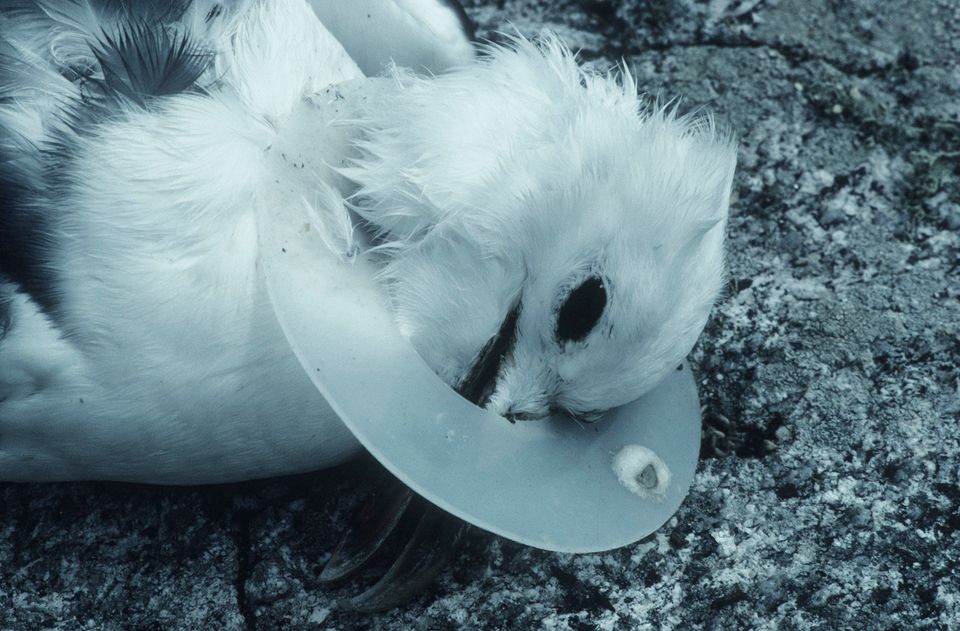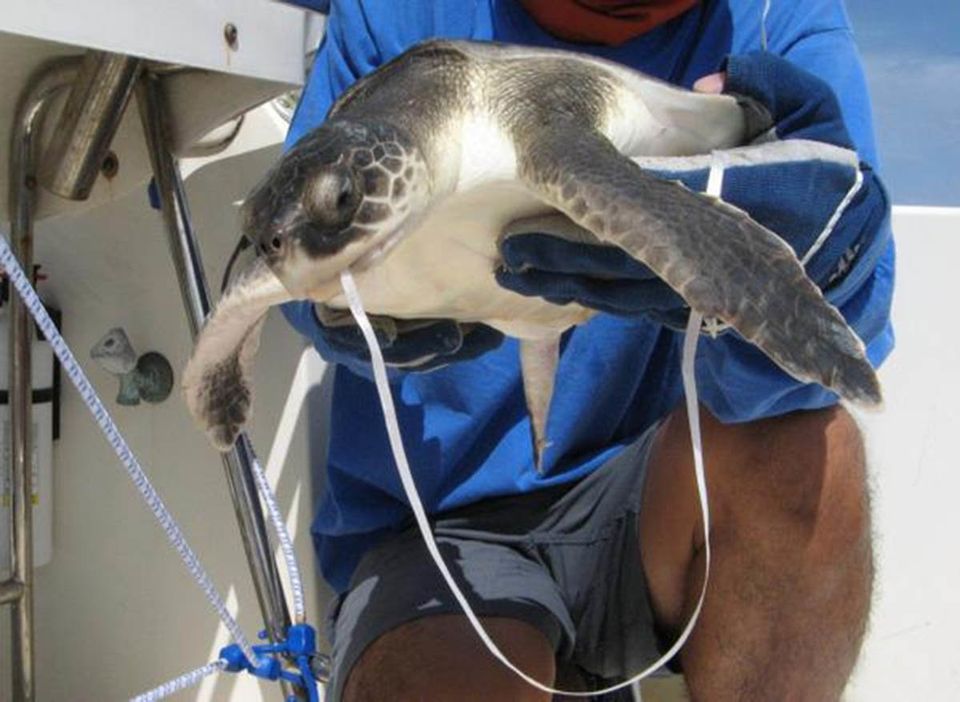This story is part of a series on ocean plastics.
At least 8 million tons of plastics wind up in the oceans each year ― that’s like dumping the contents of a garbage truck into marine waters every minute. This trash ― be it bottle caps, balloons or fishing twine ― can take a toll on marine life.
When animals find plastic refuse floating around in the ocean, they can mistake it for food and eat it. Over time, if they eat enough, they can begin to feel full and die of malnutrition. They can also get entangled in discarded packaging materials or abandoned fishing gear, leading to injury and sometimes death.
There isn’t reliable data on how many animals are harmed by ocean pollution each year, but a study from 2015 ― which found incidences of around 44,000 animals becoming entangled in or swallowing debris since the 1960s ― is thought by its authors to “underestimate” the problem.
Check out the gallery below to see heartbreaking images of animals harmed by plastic trash:
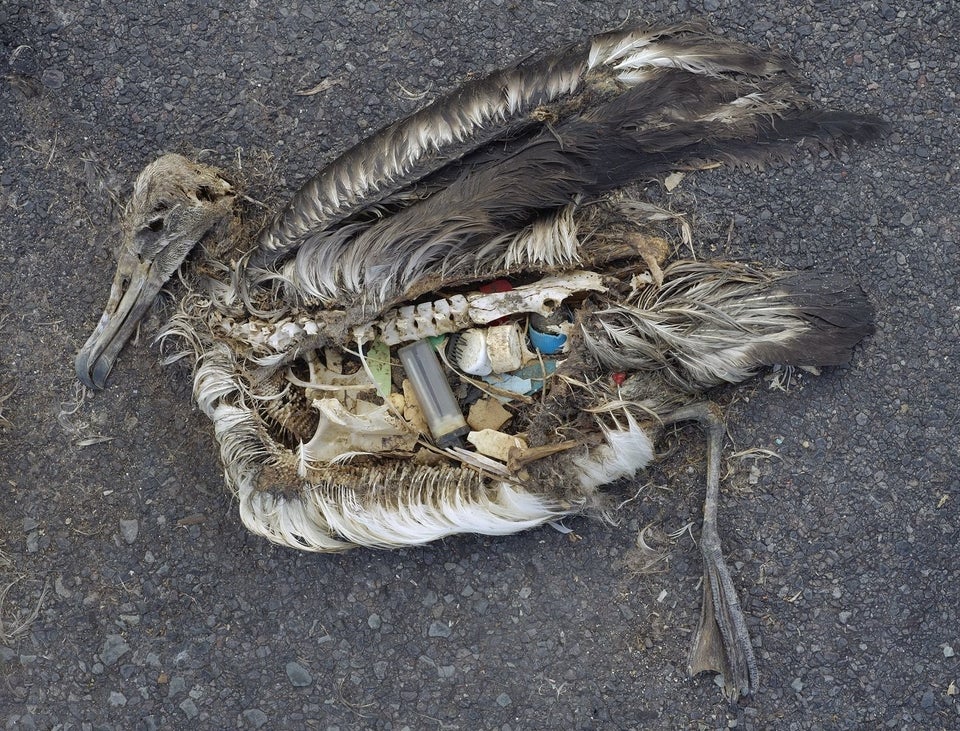
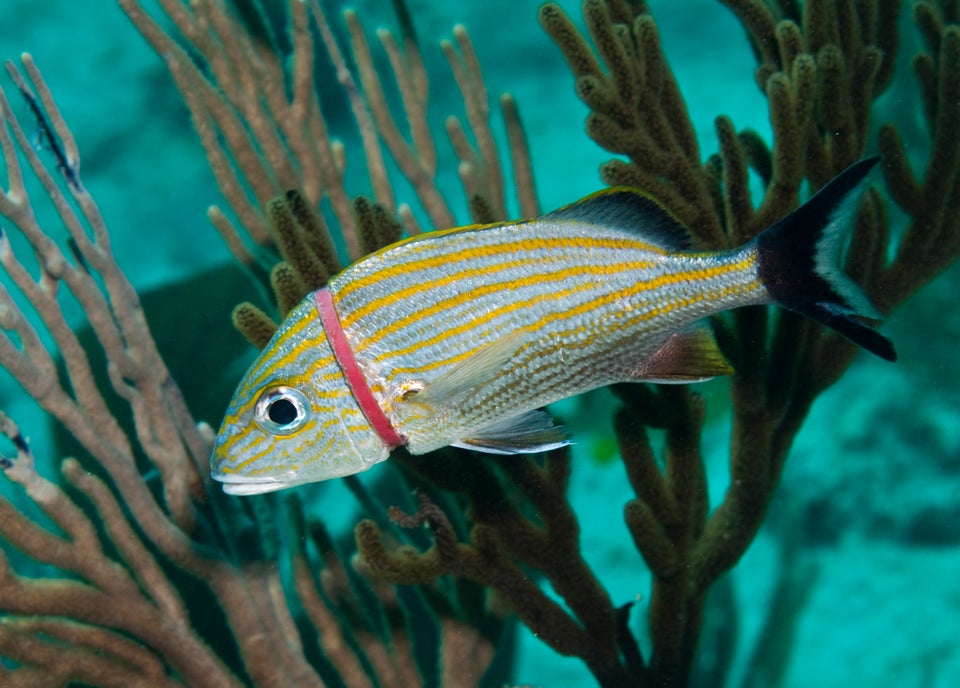
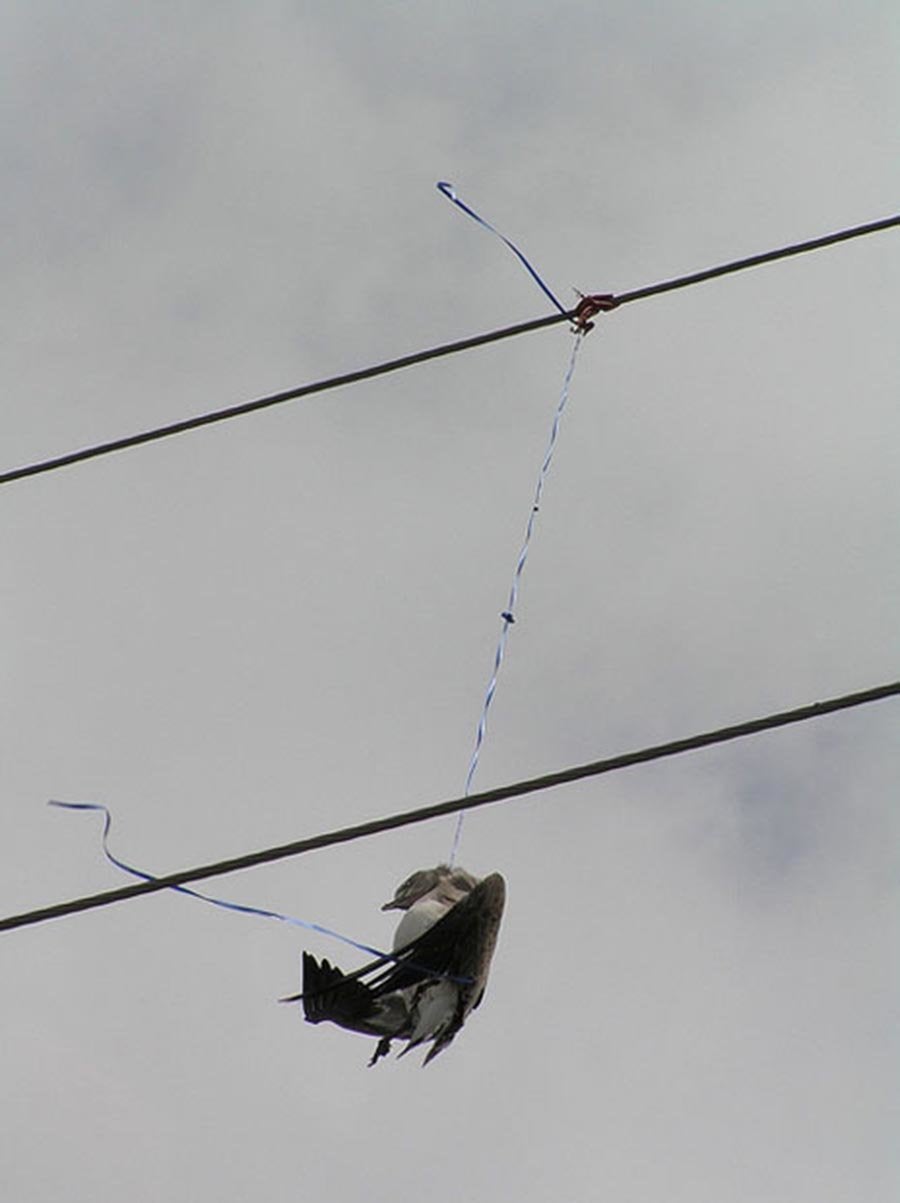
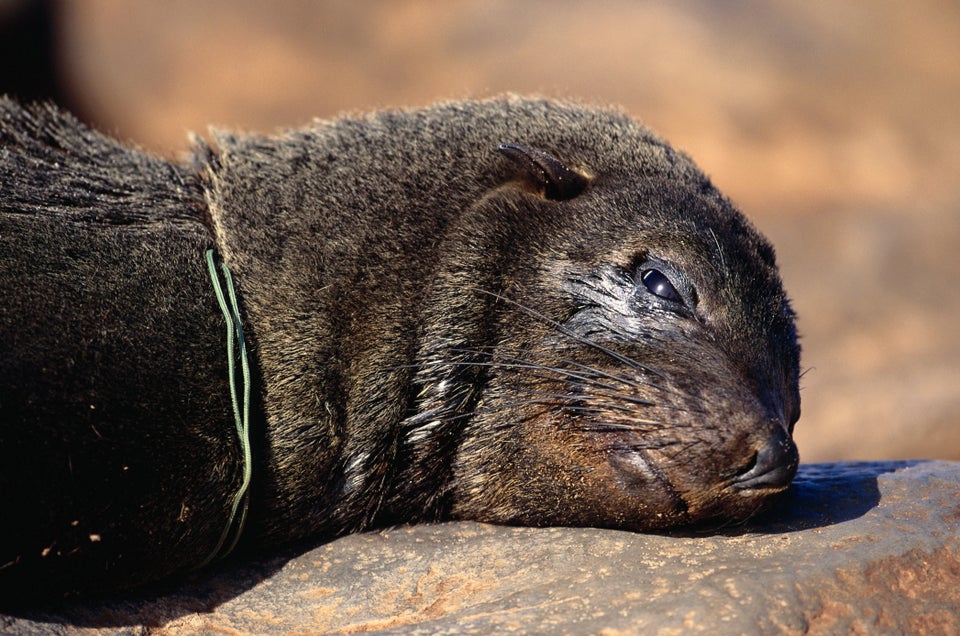
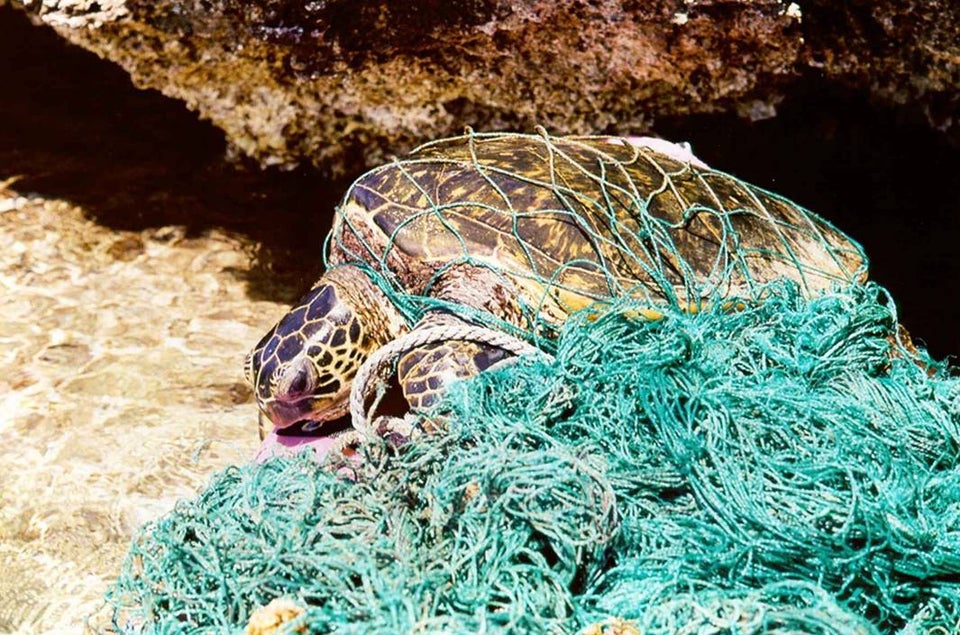
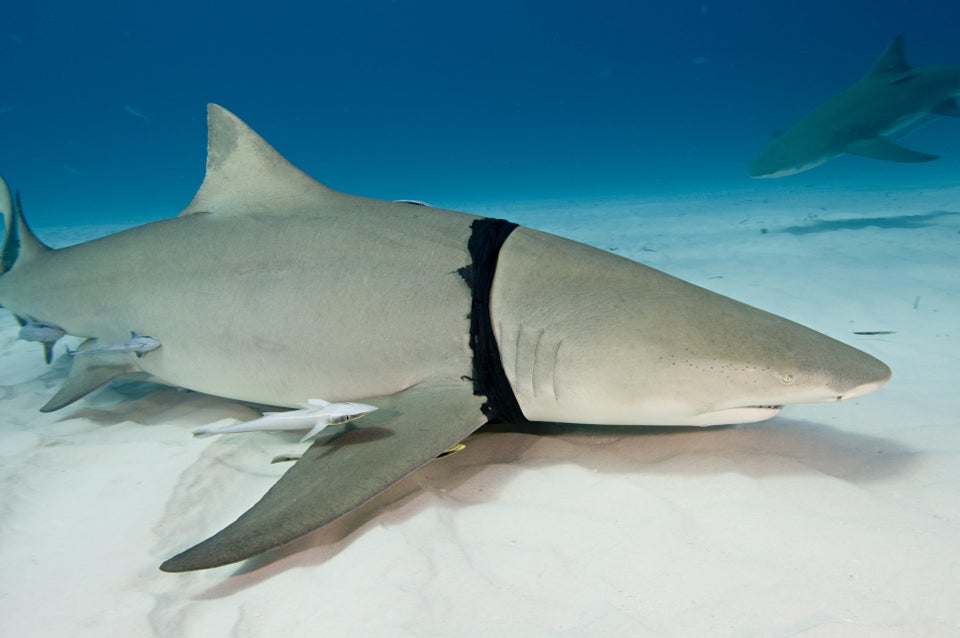
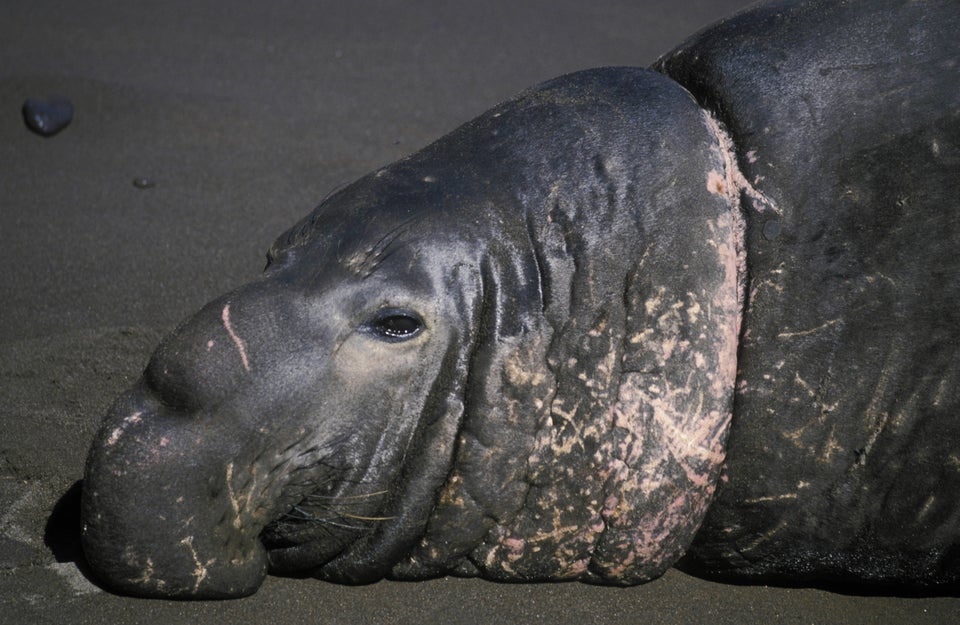
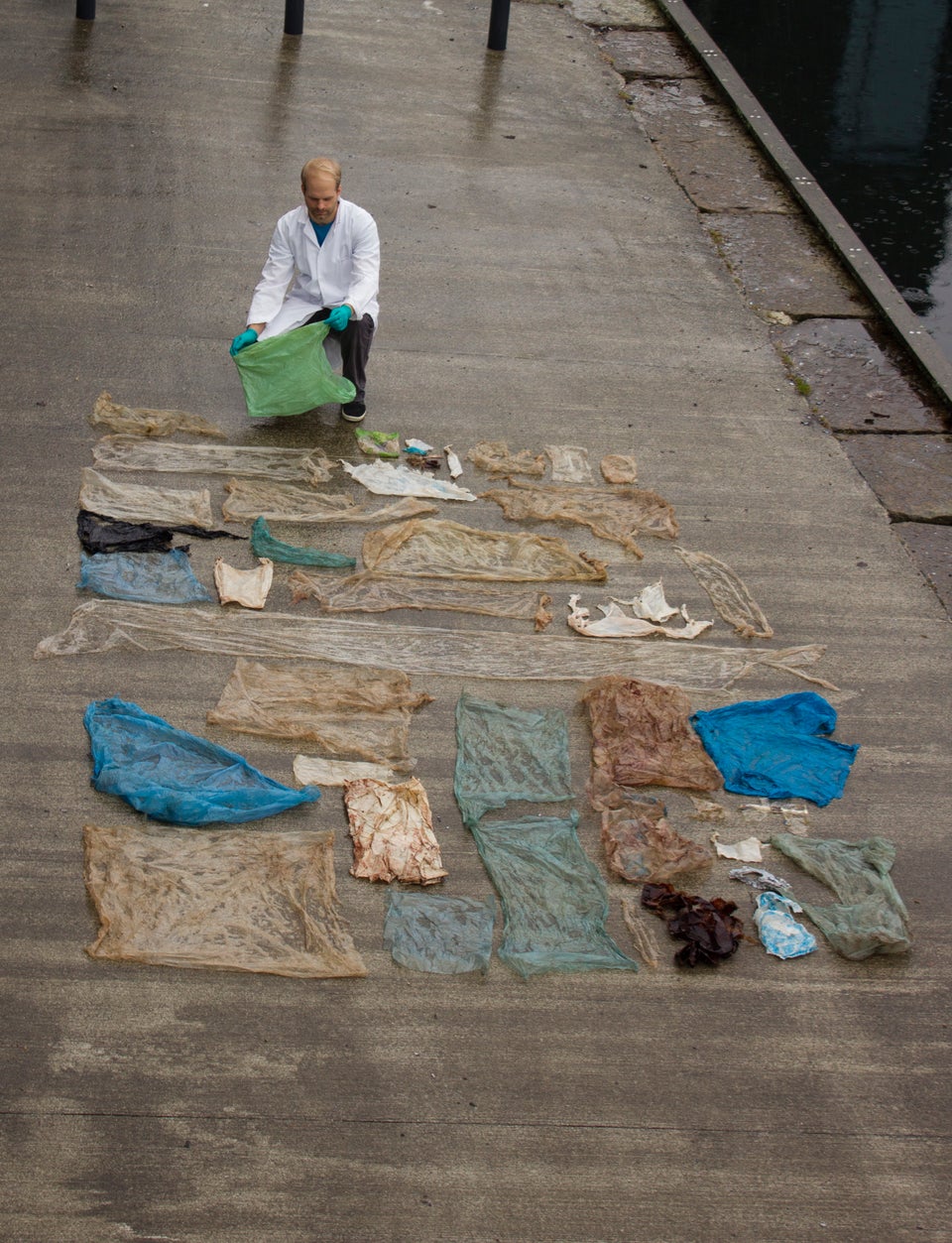
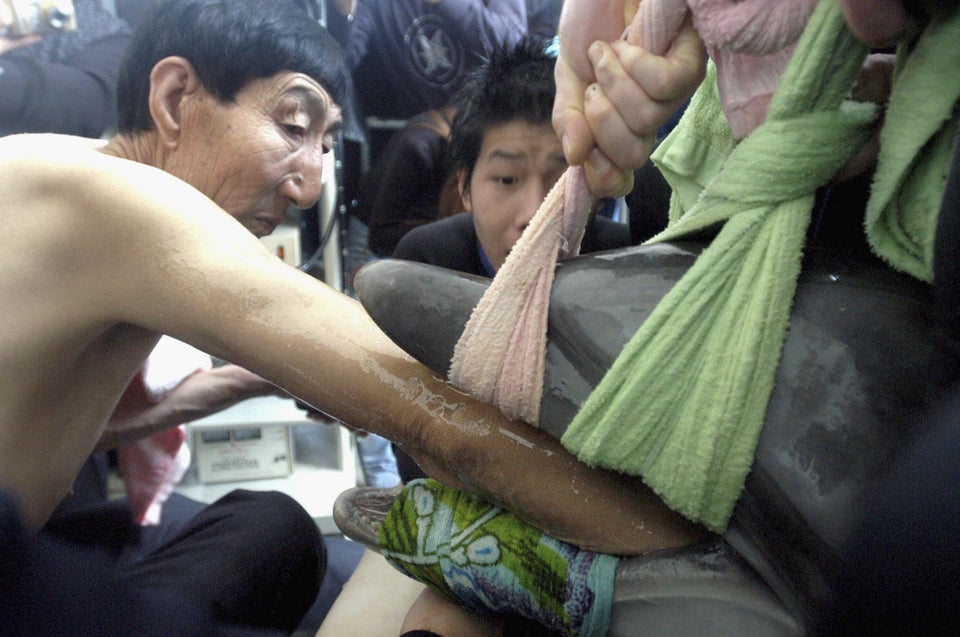
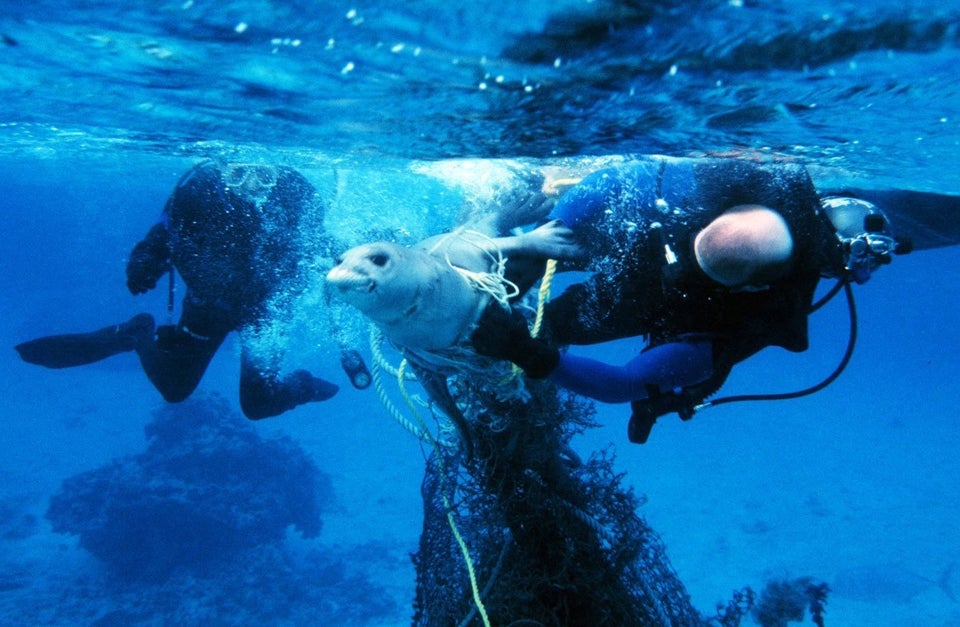
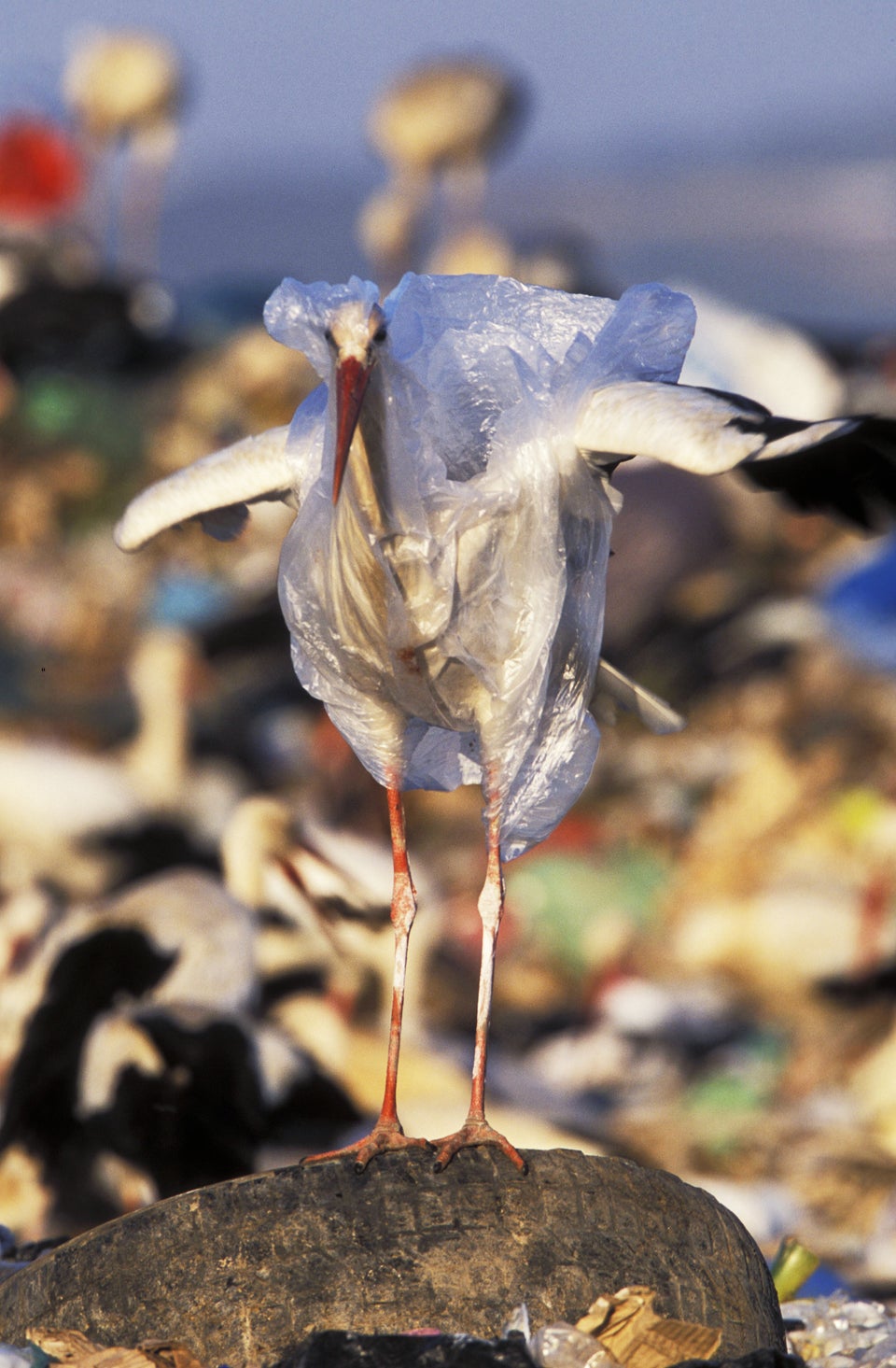
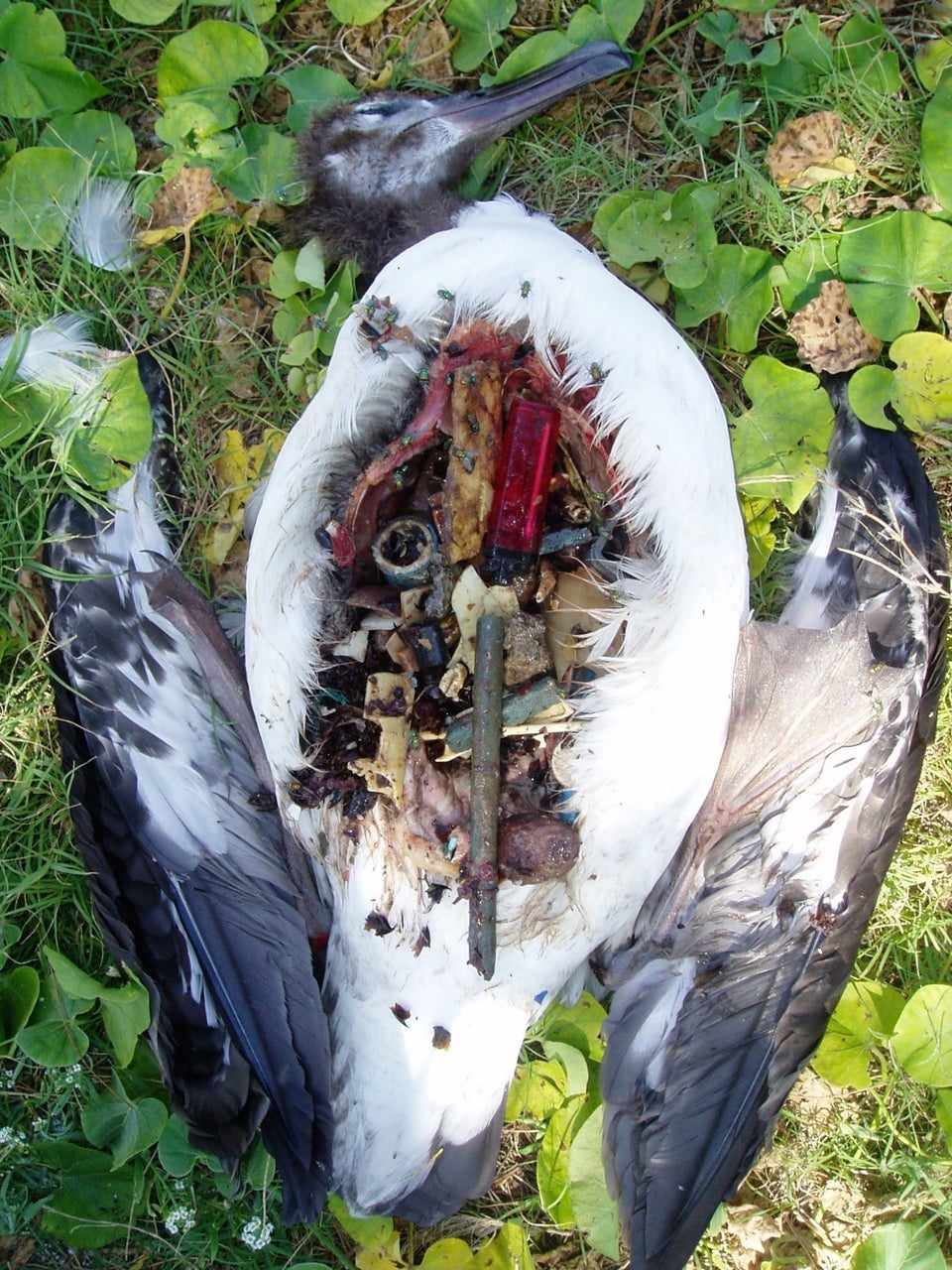
There are some small ways you can help curb the amount of plastic you waste on a daily basis: Start by consuming fewer single-use items ― like drinking straws and takeout containers ― and recycle what you do use.

